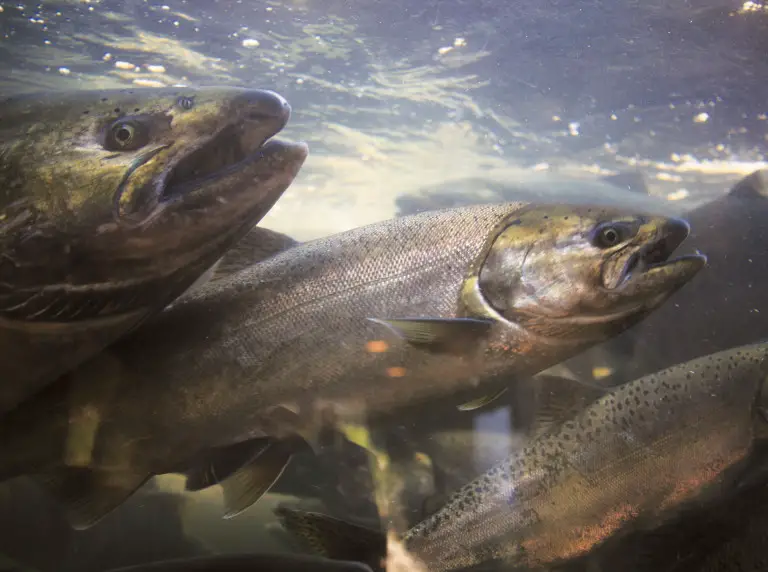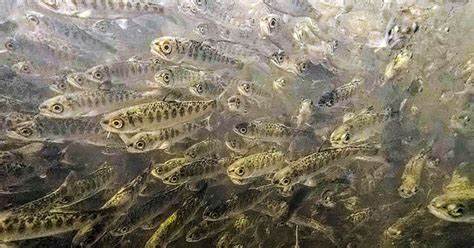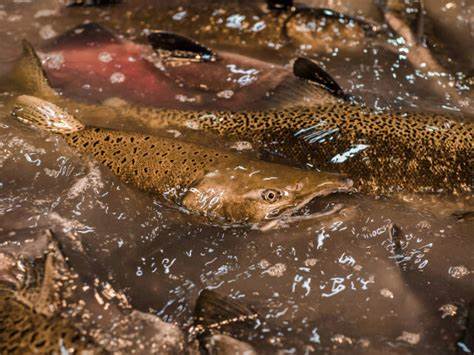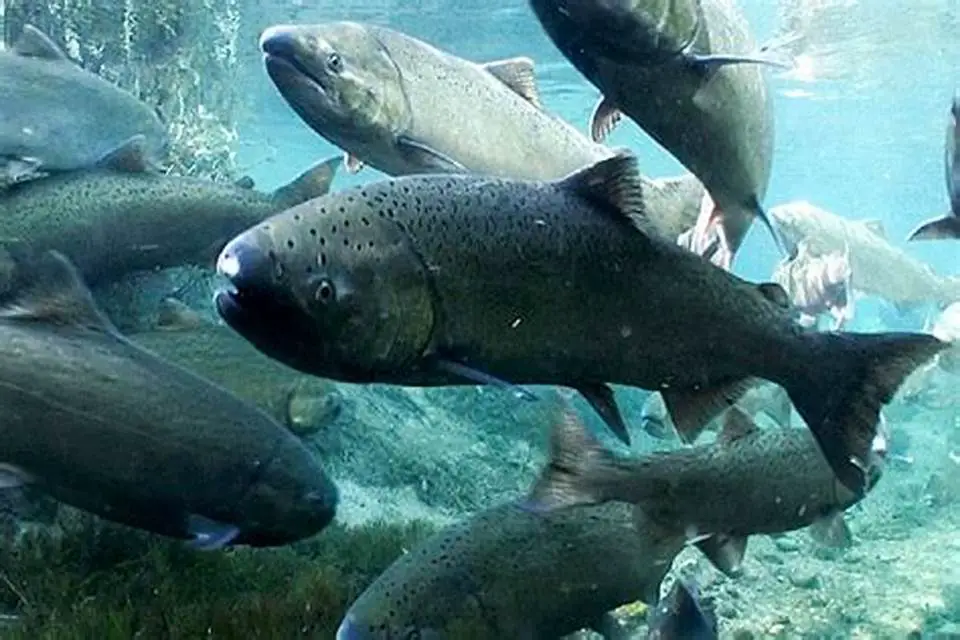In a devastating turn of events, approximately 830,000 salmon fry released into Northern California’s Klamath River have succumbed to gas bubble disease, caused by a severe change in pressure during their passage through the Iron Gate Dam tunnel. The incident highlights the challenges faced by salmon populations in the region and the detrimental impact of dams on their survival. This unfortunate event unfolded shortly after the release of the fry, marking a setback for conservation efforts aimed at restoring the Klamath River’s salmon populations.

Background on the Fall Creek Fish Hatchery:
The ill-fated salmon fry were the first release from the newly constructed Fall Creek Fish Hatchery, a $35 million project designed to support salmon populations in the Klamath River once it is fully undammed. The California Department of Fish and Wildlife (CDFW) had high hopes for the hatchery, but the recent tragedy underscores the complexities of managing fish populations in dammed rivers.

Gas Bubble Disease and Iron Gate Dam Tunnel:
Gas bubble disease, triggered by a significant change in pressure, is believed to be the cause of the mass mortality of salmon fry. The Iron Gate Dam tunnel, where the incident occurred, will be removed later this year, addressing a key contributing factor to such incidents.

Extent of Mortality and High Mortality Rate:
The exact number of casualties among the released fry is unclear, but the CDFW has described it as a “high mortality rate.” This loss is a substantial setback for conservationists and underscores the challenges faced by fish when navigating through dam infrastructure.

River Current Health and Future Releases:
Despite the tragedy, there is no indication of water quality issues in the Klamath River. The river spans almost 270 miles, originating in Oregon and traversing Northern California. The CDFW reassures the public that other healthy yearling coho and Chinook salmon, originating from downstream of the dam, remain unaffected. Future releases will be strategically conducted downstream of the dam and tunnel until their removal is completed.
Historical Impact of Dams on Klamath River:
The Klamath River, once the third-largest salmon-producing river on the West Coast, has witnessed a decline in salmon runs due to the presence of dams. The removal of the Iron Gate Dam tunnel and dam aims to restore the river’s natural flow and mitigate the adverse effects on salmon populations.
Conclusion:
The tragic loss of 830,000 salmon fry in the Klamath River serves as a poignant reminder of the challenges faced by aquatic ecosystems in the presence of dams. As efforts continue to restore the river and remove barriers to fish migration, this incident underscores the urgency of addressing environmental concerns and prioritizing the well-being of vulnerable species in the delicate balance of nature.





